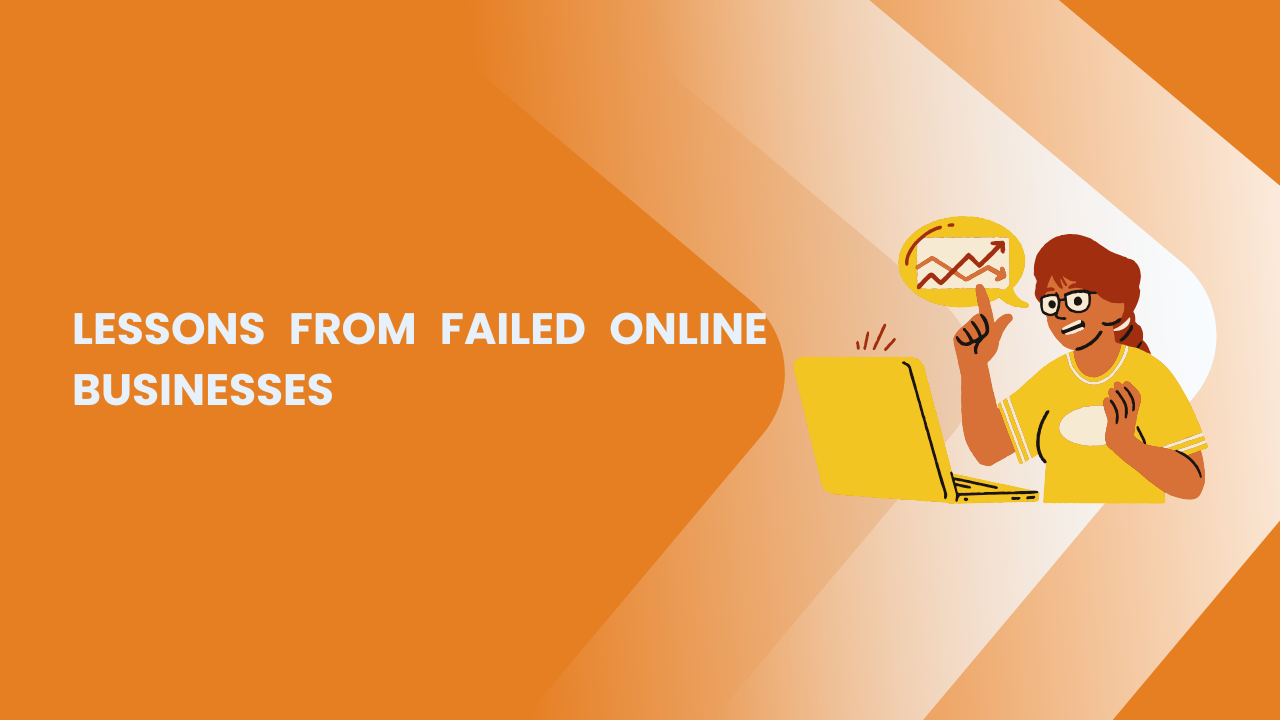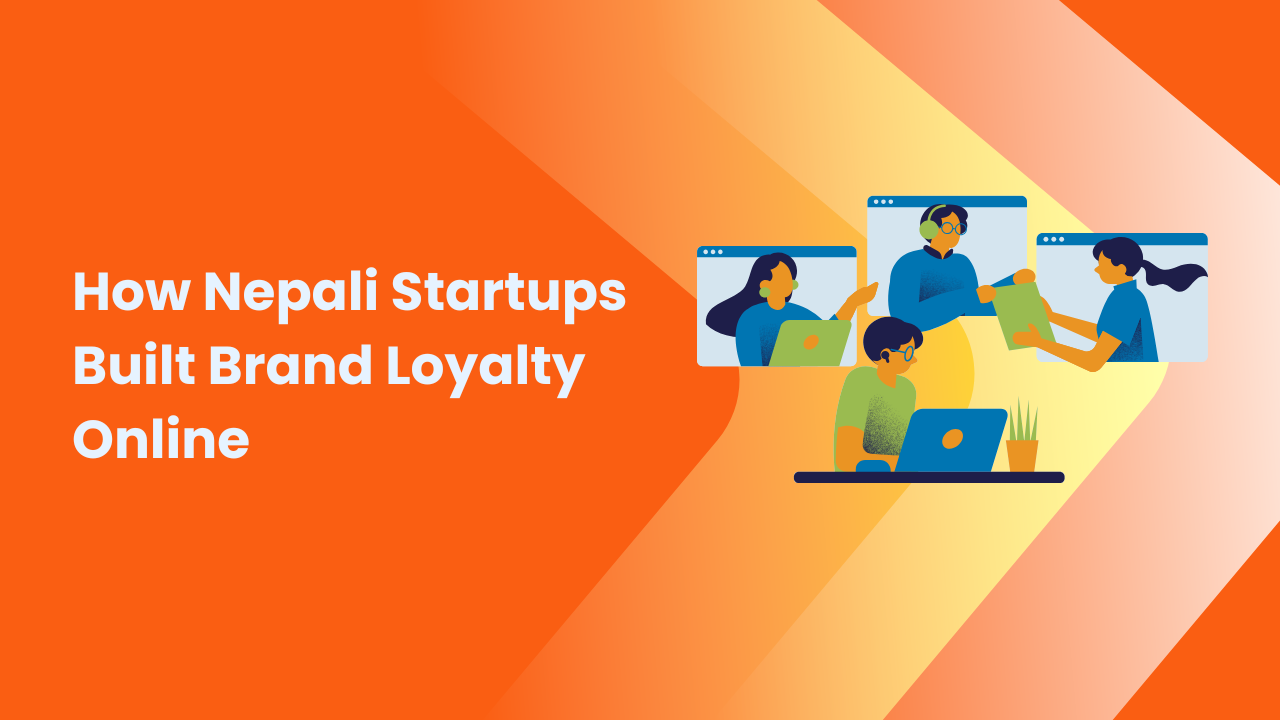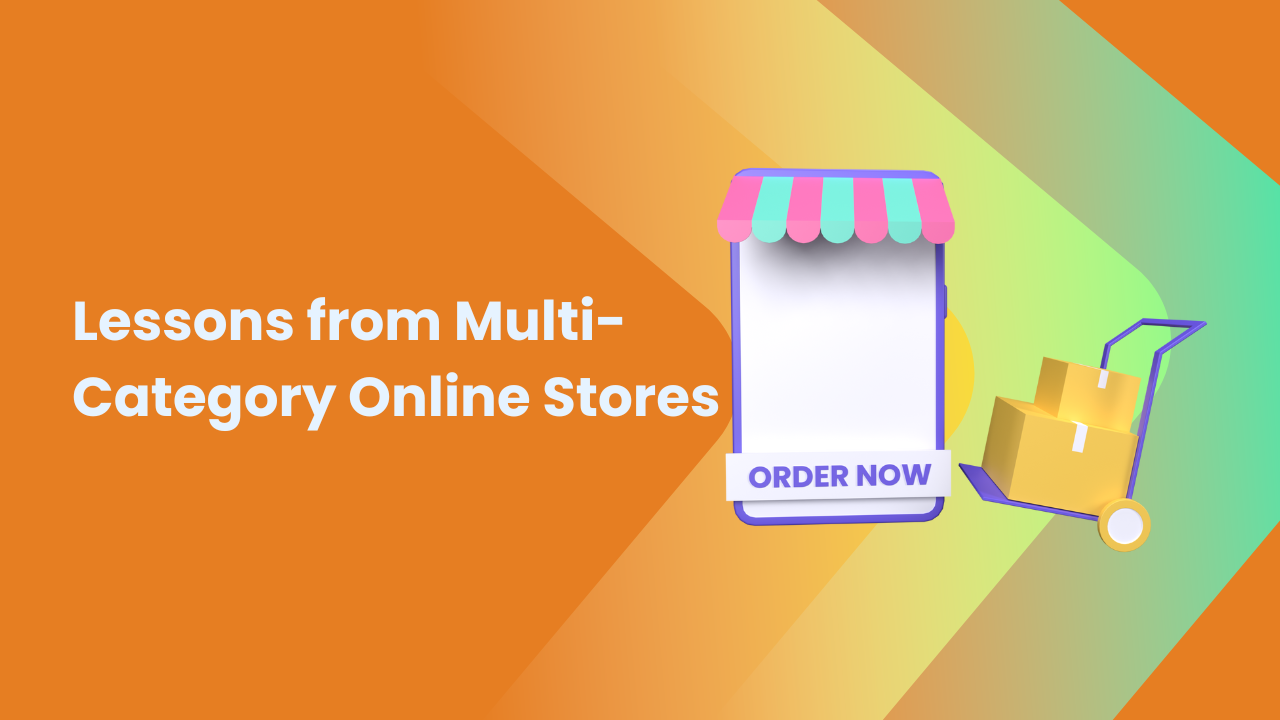Share this Article
As the e-commerce landscape in Nepal continues to evolve in 2025, the subscription-based model has emerged as a powerful and transformative business strategy. This approach offers companies the ability to cultivate sustainable revenue streams, deepen customer loyalty, and secure long-term growth in an increasingly competitive market. Globally, subscription services have seen widespread success, and Nepal’s e-commerce sector is now poised to reap the benefits of this model. Whether a business focuses on digital services, physical goods, or unique consumer experiences, incorporating subscription-based products offers considerable advantages in customer retention, operational efficiency, and profitability. Let us delve into the compelling reasons why Nepali businesses should embrace subscription models.
1. Predictable and Sustainable Revenue Flow
In Nepal, where market fluctuations can often be unpredictable, a subscription-based model provides invaluable financial stability. By transitioning from a reliance on irregular, one-time purchases to a consistent, recurring revenue stream, businesses can more accurately project their financial performance.
- Revenue Stability: Subscription payments create a regular, dependable income stream, allowing businesses to forecast revenue more accurately and adjust their budgets with greater precision. This consistency becomes particularly vital for planning long-term strategies and scaling operations.
- Reduced Financial Uncertainty: In an economy marked by volatility, a predictable revenue model helps businesses weather fluctuations, providing a cushion during economic downturns or periods of low demand. This stability ensures operational continuity, even when market conditions are less favorable.
2. Heightened Customer Retention and Loyalty
The subscription model fosters a unique relationship between businesses and their customers, encouraging continuous engagement rather than one-off transactions. As a result, businesses experience greater customer retention and enhanced brand loyalty.
- Long-Term Customer Engagement: Unlike single-purchase transactions, subscriptions enable businesses to maintain ongoing interactions with customers, ensuring repeated use of products or services. This creates deeper customer relationships and reinforces brand loyalty.
- Increased Customer Lifetime Value (CLTV): Subscribers tend to spend more over time, providing businesses with the opportunity to maximize customer lifetime value. As subscription renewals increase, businesses can focus more on nurturing existing relationships rather than constantly acquiring new customers.
- Personalized Customer Experience: Subscription models offer businesses the flexibility to customize offerings based on individual customer preferences. This tailored approach enhances customer satisfaction, ultimately increasing the likelihood of continued subscriptions.
3. Optimized Inventory Management and Demand Forecasting
Predictable customer demand is one of the greatest advantages of the subscription model, offering businesses in Nepal the ability to optimize inventory levels, streamline supply chains, and minimize operational inefficiencies.
- Accurate Demand Forecasting: With subscribers committing to regular purchases, businesses gain a clearer understanding of demand patterns. This enables more precise inventory planning, reducing the risk of stockouts or overstocking.
- Improved Supplier Relations: Regular, predictable orders also benefit supplier relationships, as businesses can make more reliable commitments to suppliers, potentially negotiating better terms or securing discounts on bulk purchases.
4. Reliable Cash Flow for Expansion and Growth
For SMEs in Nepal, consistent cash flow is critical to sustainable growth. Subscription models provide the financial stability necessary to reinvest in the business, whether through product innovation, staff expansion, or marketing initiatives.
- Reinvestment Capacity: Steady, recurring revenue provides businesses with the liquidity to reinvest in various growth opportunities, such as improving the product line, enhancing customer service, or scaling operations.
- Attracting Investment: Subscription-based revenue models are particularly attractive to investors. In Nepal’s competitive investment landscape, having a predictable, recurring income stream can make a business more appealing to venture capitalists and other potential backers.
5. Personalization and Upselling Opportunities
One of the key benefits of the subscription model is the potential to offer highly personalized experiences to customers, coupled with upselling opportunities. This adds value to the customer experience while driving additional revenue streams.
- Customized Offerings: Subscription models provide the opportunity to tailor services or products based on the individual preferences of customers. Whether it's through personalized product recommendations or exclusive content, customization deepens the value of the offering.
- Upselling Potential: By offering tiered subscription plans or premium options, businesses can upsell complementary products or higher-value services. Subscribers can be enticed to upgrade to a more comprehensive plan, thus generating additional revenue.
- Exclusive Subscriber Benefits: Offering perks such as discounts, early product access, or members-only events creates a sense of exclusivity, which can help boost customer satisfaction and reinforce loyalty.
6. Rich Data for Targeted Marketing and Enhanced Engagement
A subscription model enables businesses to collect rich data on customer behavior, preferences, and purchasing patterns, which can be leveraged for more effective marketing campaigns.
- Customer Insights: Subscription models provide businesses with a wealth of data on customer habits, preferences, and trends. These insights can be used to personalize marketing messages, optimize product offerings, and improve customer service.
- Refined Marketing Campaigns: With better data, businesses can target customers more effectively, running campaigns designed to appeal directly to specific segments. This increases conversion rates and improves customer retention.
- Community Building: Subscription services allow businesses to foster a community around their brand. Whether through exclusive online forums, loyalty programs, or special events, businesses can create a sense of belonging that encourages brand advocacy and strengthens customer relationships.
7. Lower Customer Acquisition Barriers and Increased Conversion Rates
The subscription model reduces the financial barrier to entry for customers, making it easier for them to commit to a product or service without feeling overwhelmed by a high upfront cost.
- Affordability: Offering lower price points through monthly or quarterly subscription plans makes products or services more accessible to a wider audience. In Nepal, where consumers are often price-sensitive, subscriptions offer a compelling value proposition.
- Trial Offers and Discounts: Businesses can attract new customers by offering trial periods, discounted introductory rates, or special offers for first-time subscribers. This allows customers to experience the value of the service before committing to long-term subscriptions.
- Lower-Risk Commitment: The option to pay in smaller, manageable installments reduces the perceived risk for customers, particularly in Nepal, where hesitancy around online transactions can be a barrier to purchase.
8. Adapting to Shifting Consumer Preferences
Nepali consumers, particularly younger demographics, increasingly prioritize convenience and value. Subscription models align with these preferences by providing a seamless, automated shopping experience that caters to evolving consumer expectations.
- Convenience and Automation: Subscriptions offer customers the ease of automatic deliveries or service access, eliminating the need for them to repeatedly reorder. This model is especially appealing for essential products like groceries, beauty items, and health supplements.
- Riding the Subscription Trend: As global and local trends indicate a growing appetite for subscription services—from entertainment streaming to everyday products—Nepali consumers are increasingly embracing this model. Businesses that capitalize on this shift are poised to stay ahead of the curve.
Conclusion
Subscription-based products offer a myriad of strategic benefits for e-commerce businesses in Nepal. From providing predictable and stable revenue to fostering customer loyalty, improving inventory management, and unlocking upselling opportunities, subscription models provide a comprehensive framework for business success. In 2025, as Nepali consumers become more accustomed to the convenience, personalization, and value provided by subscription services, businesses that implement this model will be well-positioned to grow sustainably, increase profitability, and build lasting customer relationships. By adopting subscription-based offerings, Nepali entrepreneurs can not only stay competitive but also capitalize on the global shift toward subscription-driven commerce.
Categories:
E-commerce Tips & Tutorials
Tags:
erce Ecosystem":
,
CustomerRetention
,
SubscriptionModel
,
ScaleYourBusiness







